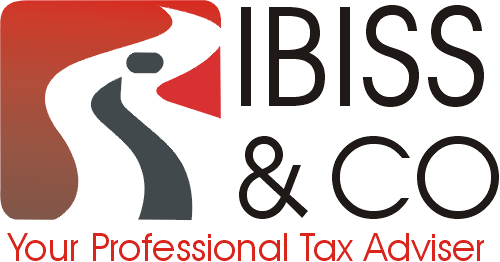When working for yourself – whether you run a company or are a sole trader – you’re likely to incur a number of business-related expenses. One of the bonuses of being self-employed is that you may be able to claim back some (if not all) of these costs.
Business Expenses: Capital or Trading?
During the course of running your business, there are two types of expenses that are typically incurred: capital expenses or trading/revenue expenses.
What are trading expenses?
Revenue or trading expenses concern expenditure that relates to the generation of revenue. This tends to involve short-term costs or costs associated with the maintenance/upkeep of revenue-generating assets.
What are capital expenses?
Capital expenses, by contrast, are associated with longer-term acquisitions: the purchase of longer-term fixed assets, like plant and machinery, for example. You might make such a purchase if you wish to expand the operational capacity of your business: if you’re setting up in a new location or engaging with a new project, for instance.
As capital expenses are usually for items that have a long-life – and as such will be useful to the company for years – they cannot be deducted from a tax bill as a one-off purchase. Rather than claiming back the full cost on one tax bill, companies that have purchased capital assets have to account for the cost in a different way: by recording the year-by-year depreciation through the valuable lifespan of that particular asset. But that’s not to say that you can’t claim any relief for capital expenses; that’s where capital allowances come in, as we will explain in the next section.
What Are Capital Allowances?
A capital allowance allows a business to ‘write off’ the cost of a capital asset against taxable profits (over a determined period of time). Essentially this means that a percentage of the cost of the asset can be claimed during the accounting period in which the cost was incurred. This is a complicated area, though, particularly if starting up a business or new venture that requires a great deal of outlay. There isn’t a list that specifies every item capital allowance can be claimed against, for example, though there are certain things that are likely to qualify. This includes, but isn’t limited to: R&D costs; refurbishments of business premises; patents; most types of plant and machinery owned by the business (provided it isn’t leased or rented). However, buildings, monuments, and leased assets (among other things) are not eligible for relief.
In all instances, certain conditions must be met in order for a company to qualify; as such, we’d highly advise instructing a qualified accountant to guide you through the process of claiming capital allowances.
Capital Allowances: The Different Types
As mentioned above, the process of claiming capital allowances can be tricky: to begin with, there’s not only one type available. In fact, there are four types of capital allowance, and each has its own specific conditions. To ensure that you’re eligible, and to make sure that you’re claiming for the allowance(s) that will prove most advantageous for your business, consult an IBISS & Co tax adviser without delay.
The main types of allowance available are:
- First year allowance.
- Annual investment allowance.
- Balancing allowance.
- Writing down allowance.
In the next blog in this series, we’ll assess the most common allowances and provide an introduction to making a claim. Don’t forget to follow us on Facebook, Twitter or LinkedIn to find out when our blogs are published, and to keep up to date with all our news!




